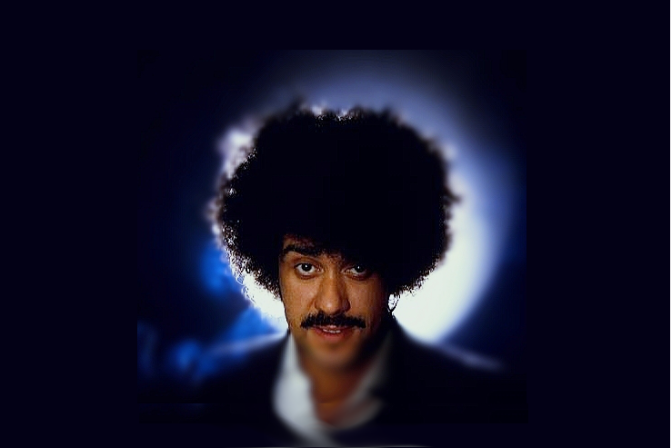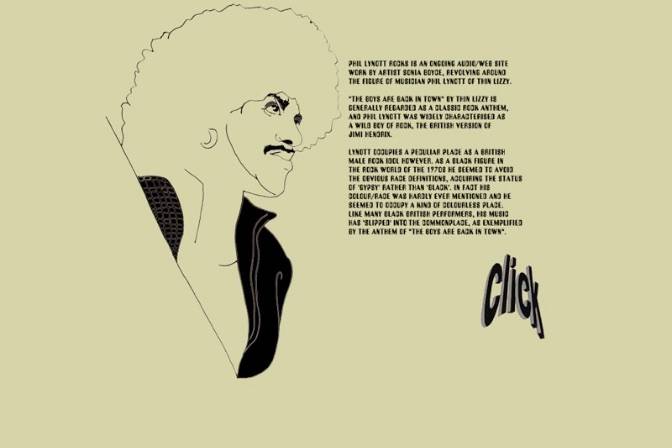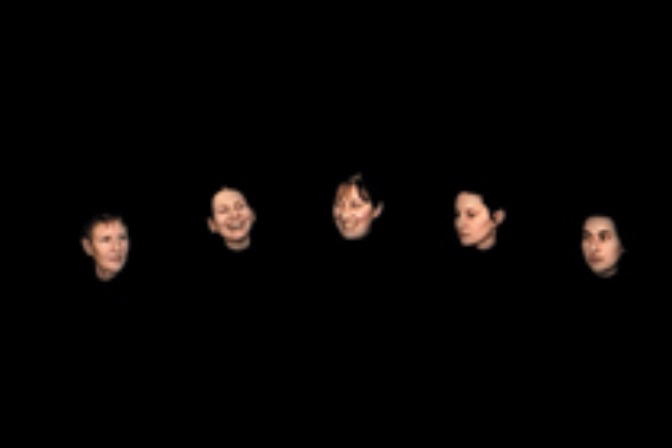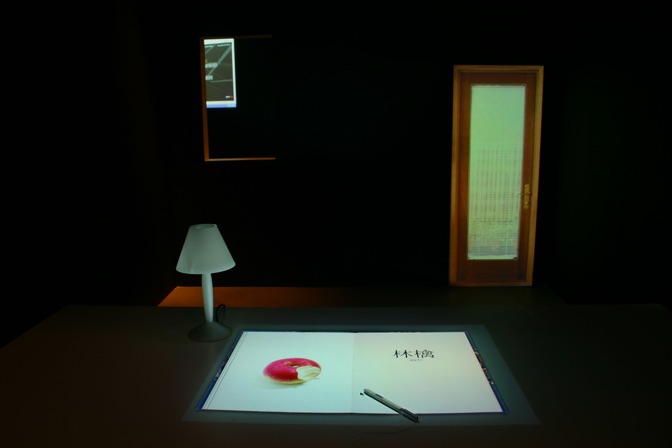Dame Sonia Dawn Boyce (b. 1962) is a British Afro-Caribbean artist and educator, living and working in London. She is a Professor of Black Art and Design at University of the Arts London.
Boyce’s research interests explore art as a social practice and the critical and contextual debates that arise from this area of study. Boyce has been closely collaborating with other artists since 1990 with a focus on collaborative work, frequently involving improvisation and unplanned performative actions on the part of her collaborators. Boyce’s work involves a variety of media, such as drawing, print, photography, video, and sound. Her art explores “the relationship between sound and memory, the dynamics of space, and incorporating the spectator”. In 2022, Boyce presented ‘Feeling Her Way’, commissioned for the British Pavilion at the 59th International Art Exhibition—La Biennale di Venezia for which she was awarded the Golden Lion for Best National Participation.
Commissioned as part of Slipstream one of several innovative new media projects (the.year.dot, Tristero, and Silicon Fen), curated specifically for the Internet. Slipstream was a short-lived internet project with the goal of tracking traffic on the World Wide Web. Its aim was to use the constant online activity as a cover for a series of art pieces created by various artists. These pieces were either hidden within the content of a selected website or designed to disrupt or subvert its normal operations. The artists’ contributions took various forms, such as pop-up interruptions, advertised downloads, or intermittent visual disturbances. Sonia Boyce’s mobile phone ringtones, exploring the legacy of forgotten black icon Phil Lynott, and ongoing an ongoing series of internet and audio pieces titled Phil Lynott Rocks that Boyce produced working with black musicians and singers, were as with the other interventions in the virtual social space, meant to be disconcerting and imply a glitch in the system or a mysterious presence within the technology.
Boyce early large-scale pastel works from this brief period depicted domestic scenes from Afro-Caribbean life in the UK, drawing on Boyce’s personal experiences from her family and childhood. Foregrounding her own experience, works such as ‘Missionary Position II’ (1985) and ‘She Ain’t Holding Them Up, She’s Holding On (Some English Rose)’ (1986), explore questions of identity, race and cultural difference, themes, along with self-narration, that would continue to inform her career. The artist moved away from self-representation soon after and embraced an increasingly conceptual, social art practice. Utilising a range of media including photography, video and installation, her work developed into a collaborative mode of working, engaging with the audience in playful yet provocative situations. Despite this shift in method, issues of the body would remain central at this stage. In the early 90s, the artist began buying and collecting hair from Afro-Caribbean hair shops, which she turned into a series of 50 small, handheld sculptures from her Do You Want to Touch? series, objects that Boyce describes as ‘fragments of the African diasporic body’. Questions of the Black body as ‘other’ are also explored in the photographic installation work ‘The Audition’ (1997), in which Boyce invited members of the public to be photographed wearing a costume afro wig.
Since 1990, Boyce has been closely collaborating with other artists, frequently involving one- off improvisations and spontaneous performative actions made by the collaborators. Key works in subsequent decades include Boyce’s filmed improvisational performance ‘For you, only you’ (2007) that brought together a choir singing a piece of 15th-century sacred music and the artist Mikhail Karikis, who communicates with the choir in a series of non-verbal stutters and guttural vocalisations. In later works such as ‘We Move in Her Way’ (2017), the artist combines improvisational sound and movement performances from Elaine Mitchener and Barbara Gamper. Boyce documents these improvised encounters without intervening, and later constructs them into immersive multi-media installations.
Boyce’s work is held in the collections of Tate, London, UK; Victoria & Albert Museum, London, UK; Arts Council Collection, London, UK; The Government Art Collection, London, UK; British Council Collection, London, UK and Pallant House Gallery, Chichester, UK.
Boyce has been the recipient of numerous awards. In 2019, the artist received an OBE for services to art in the Queen’s New Year Honours List. In 2016, Boyce was elected a Royal Academician, and received a Paul Hamlyn Artist Award. Between 2012 and 2017, Boyce was Professor of Fine Art at Middlesex University and since 2014 she has been Professor at the University of the Arts London. As the inaugural Chair of Black Art & Design she led on a three-year research project into Black Artists & Modernism, which led to a BBC documentary Whoever Heard of a Black Artist? Britain’s Hidden Art History (2018).






